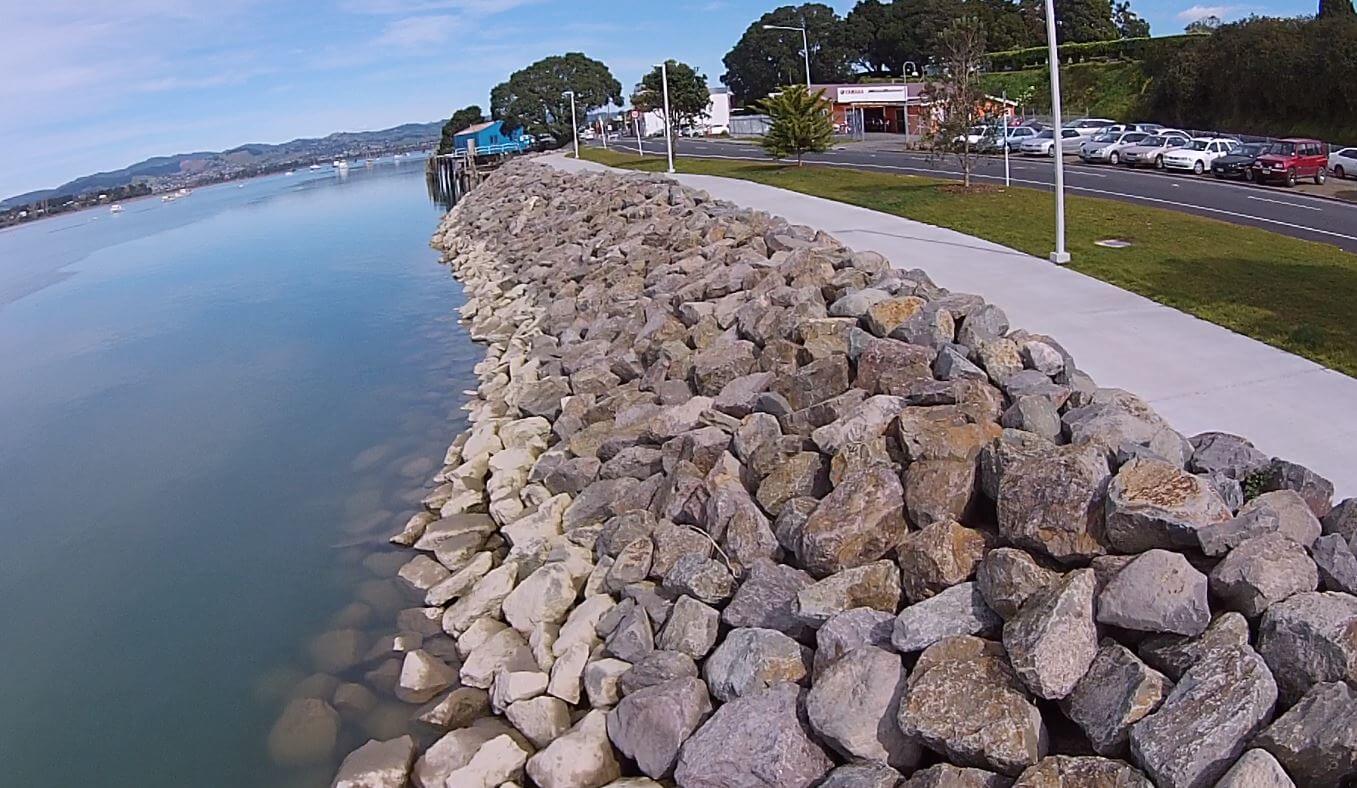Understanding The Benefits Of Rock Revetment Design
Rock revetment design is a type of coastal engineering technique used to protect shorelines from erosion and storm damage. The revetment is usually constructed of large, heavy stones that are placed in layers along the shoreline, creating a barrier that helps to absorb wave energy and protect the shoreline from the damaging effects of wave action. If you need more information about rock revetment design, you may visit Coast Seawall.

Image Source: Google
The main purpose of rock revetment design is to provide protection from the erosive forces of waves, storms, and tides. As waves approach the shoreline, the revetment absorbs the energy of the wave and dissipates it. This reduces the wave height and prevents the shoreline from eroding.
Rock revetment design can also be used to reduce the impact of wave energy on shoreline structures. By absorbing the energy of the waves, the revetment can reduce the amount of wave energy that reaches the shoreline and structures, reducing damage and wear and tear. This helps to protect shoreline structures and other structures that are located close to the shoreline, such as docks and breakwaters.
Rock revetment design is also a great way to create a more aesthetically pleasing shoreline. By adding the stone layers, the shoreline can be made to look more attractive and natural. This can help to make the shoreline more desirable for recreational activities and tourism.